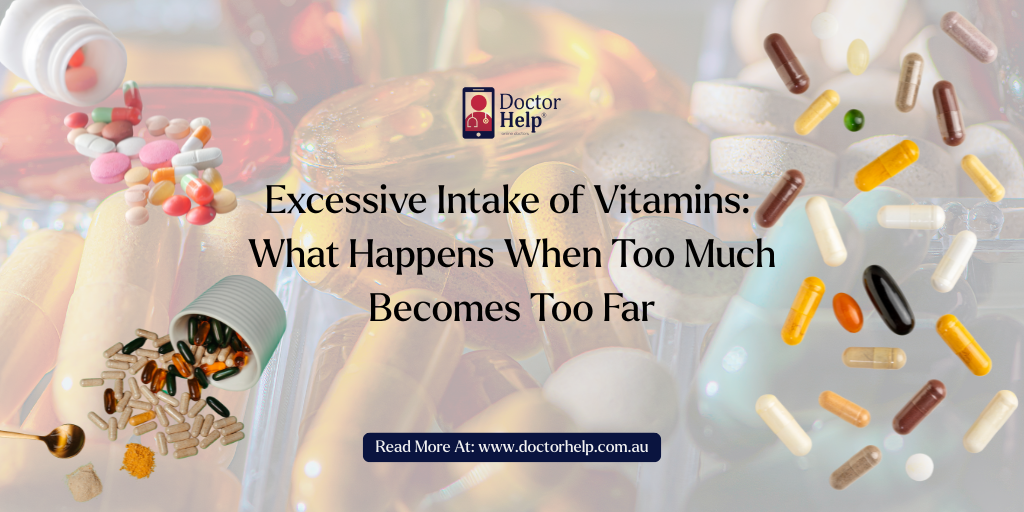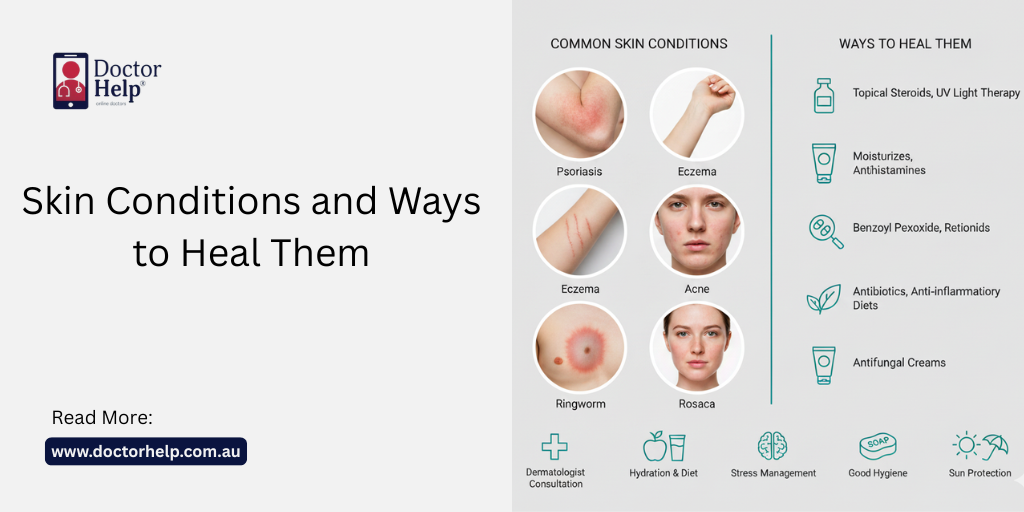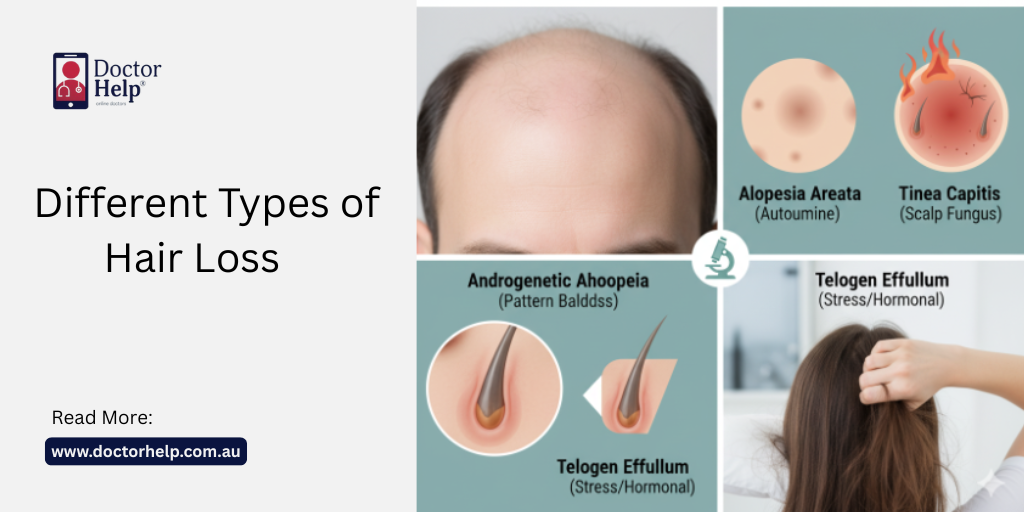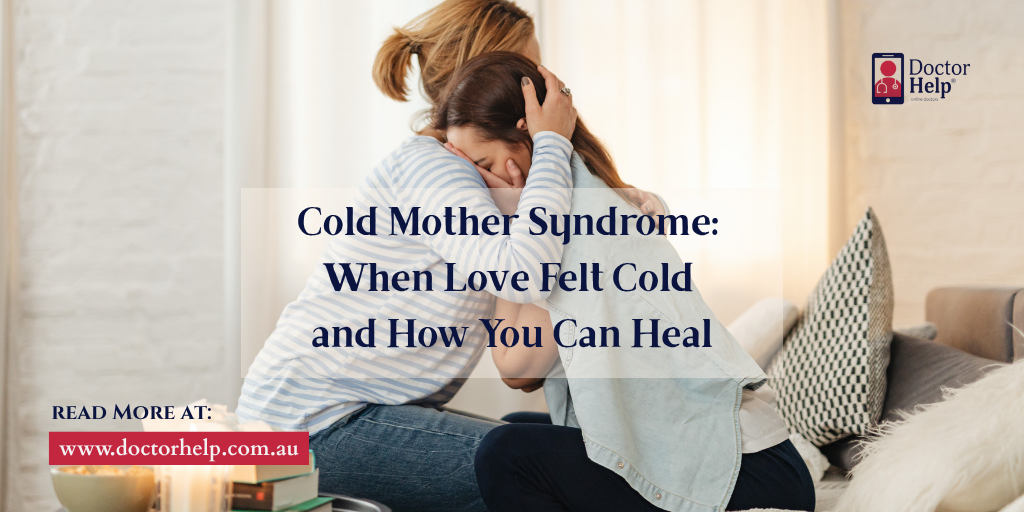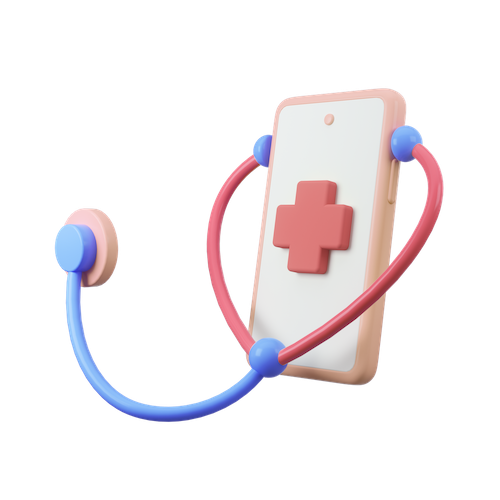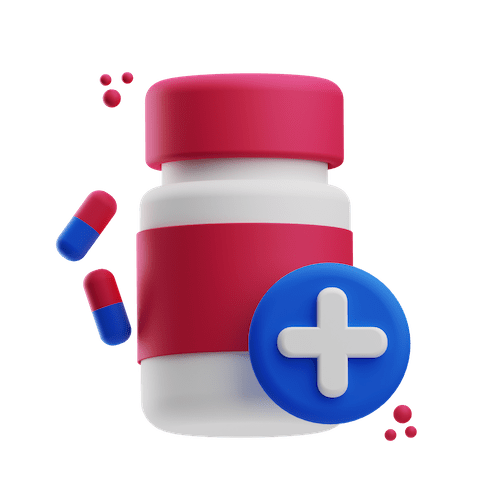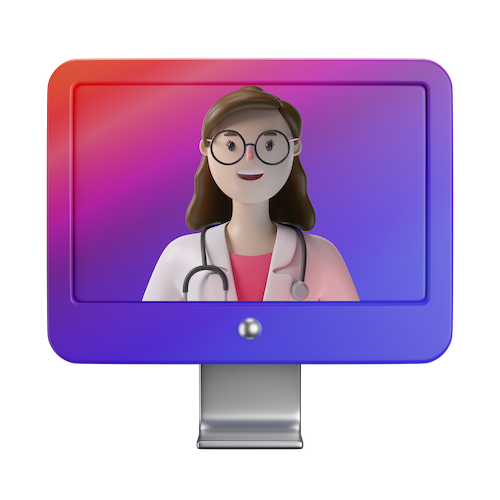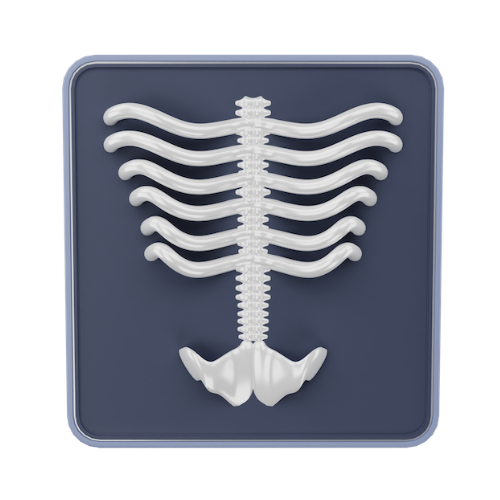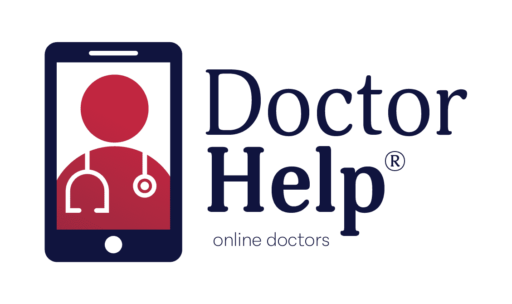Table of Contents
We All Just Want to Feel Better
You wake up tired. You scroll past a post about B12 giving people “energy again.” You read the back of a bottle promising immunity, skin health, better sleep. And so, out of care for your body, you add another supplement to the shelf.
It’s coming from the right place.
But what happens when we take too much, for too long without knowing when to stop?
Vitamins aren’t harmless by default. And when taken excessively, they can start doing the opposite of what we hoped for.
In Australia, where wellness culture often outpaces regulation, it’s time we ask not “What will this help?” but “What might this hurt?”
Can You Overdose on Vitamins?
Yes and not only is it possible, it’s happening more often than we realise.
Most cases don’t make headlines. There’s no dramatic collapse. No flashing red lights. Just slowly mounting symptoms; fatigue, fogginess, nausea, nerve tingling, that rarely get linked back to the daily handful of “harmless” supplements.
The medical term is vitamin toxicity, and it often creeps in quietly.
Some vitamins, particularly the fat-soluble kind like A, D, E, and K, stay in the body longer. They don’t wash out with your next glass of water. They build up. And eventually, they start tipping internal balance in the wrong direction.
What Happens When Vitamin Levels Go Too High?
Vitamin toxicity doesn’t always show up like illness. It might look like a dry mouth that won’t go away. A subtle tremor. Muscle pain you thought was from poor sleep. A gut that suddenly rebels. Or a mind clouded with exhaustion, despite doing “all the right things.”
Here’s what can happen when certain vitamins exceed safe levels:
Vitamin D Toxicity
Vitamin D is critical for bone health and immune function. But when taken in high doses, it can cause calcium to rise dangerously in the blood, a condition known as hypercalcaemia.
Vitamin D overdose symptoms include:
- Nausea, vomiting, or poor appetite
- Confusion or fatigue
- Kidney pain or frequent urination
- Muscle weakness
- Risk of kidney stones or damage
As per studies, high doses over extended periods can lead to vitamin d toxicity, especially when taken without medical advice or monitoring.
Vitamin A Toxicity
We often hear about vitamin A in skincare or immune support. But it’s a fat-soluble vitamin with a narrow safety window. And in pregnancy, excess vitamin A is known to cause congenital abnormalities.
Vitamin A overdose symptoms may include:
- Blurred vision
- Headaches or dizziness
- Skin peeling or dryness
- Liver damage
- Nausea
- Bone pain and swelling
Chronic toxicity develops over time, especially with megadose multivitamins or retinol-based supplements. The NHMRC Nutrient Reference Values for Vitamin A offer clear intake limits but few Australians check them before supplementing.
Vitamin B6 Overload
Excess of vitamin B6, a nutrient commonly taken for nerves and hormonal symptoms, can actually damage the nervous system when taken in high doses for months.
Too much vitamin B6 can cause:
- Tingling or burning in hands and feet
- Difficulty walking
- Loss of sensation
- Photosensitivity
The TGA (Therapeutic Goods Administration) has issued specific warnings about unregulated B6 products and the long-term risks they carry.
The Quiet Danger of “Natural” Supplements
We often assume vitamins are safe because they’re “natural.” But digital health trends have blurred the lines between need and excess.
What makes vitamin overdose more likely today?
- Stacking products (taking multiple pills with overlapping ingredients)
- Unclear labelling and lack of regulated dosage standards
- Self-treatment without pathology testing
- Social media wellness trends that glorify megadoses
Unlike prescription medicine, supplements often lack strict oversight yet their effects on the body are very real.
How Much Vitamin Is Too Much? Safe Daily Limits Matter
Australia’s Nutrient Reference Values provide upper intake limits for all essential vitamins. These are not “ideal doses” ; they are maximum safe levels based on current evidence.
Here are a few examples of upper tolerable limits (ULs) per day:
- Vitamin D – 80 mcg (3,200 IU)
- Vitamin A – 3,000 mcg
- Vitamin B6 – 100 mg
- Vitamin C – 2,000 mg (vitamin C overdose can cause kidney stones or GI upset
Consistently exceeding these, even without symptoms at first, increases the risk of chronic toxicity, organ strain, or nutrient imbalances.
Symptoms of Vitamin Overdose to Watch For
Often subtle at first, here are some early red flags:
- Persistent fatigue despite rest
- Digestive upset
- Muscle cramps or weakness
- Dry, irritated skin
- Numbness or tingling
- Trouble sleeping
- Mood changes or anxiety
Because symptoms overlap with many conditions, blood testing may be needed to confirm elevated vitamin levels.
How to Stay Safe: Prevention Starts with Awareness
No supplement should replace professional care or a balanced diet. Here’s how to protect your health without losing the benefits of appropriate supplementation:
Tips to prevent vitamin toxicity:
- Check for overlaps in multivitamins and single supplements
- Avoid high-dose trends, unless prescribed
- Use reputable brands regulated by the TGA
- Get regular blood tests, if taking long-term supplements
- Consult a GP or dietitian before combining products
- Track new symptoms after starting any supplement
Most importantly, listen to your body. If something feels “off,” pause and seek clarity.
Final Word: Wellness Shouldn’t Hurt You
There’s something tender about the way we try to take care of ourselves.
We want to feel energised. In control. Protected. We read labels and believe we’re doing the right thing and in many cases, we are.
But health isn’t just about doing more. Sometimes it’s about pausing. Asking questions. Recognising that what works for one body may not serve another.
Excessive vitamin intake isn’t a failure, it’s a reflection of just how deeply we want to be well.
The solution? Stay curious. Stay informed. And let your health be guided by evidence, not just hope.
When your body starts whispering that something’s off, you don’t have to figure it out alone. Connect with an online doctor through a telehealth appointment and start making sense of the signals.
References:
- Vitamin D toxicity (Hypervitaminosis D). (2025, June 2). Cleveland Clinic.
https://my.clevelandclinic.org/health/diseases/24750-vitamin-d-toxicity-hypervitaminosis-d - National Health and Medical Research Council. (n.d.). Vitamin A. Eat for Health.
https://www.nrv.gov.au/nutrients/vitamin-a - Hemminger, A., & Wills, B. K. (2023, February 7). Vitamin B6 toxicity. StatPearls – NCBI Bookshelf.
https://www.ncbi.nlm.nih.gov/books/NBK554500/ - Administration, T. G. (2023, December 22). Vitamin B6 (pyridoxine). Therapeutic Goods Administration (TGA).
https://www.tga.gov.au/news/safety-alerts/vitamin-b6-pyridoxine - National Health and Medical Research Council. (n.d.-a). Nutrients. Eat for Health.
https://www.nrv.gov.au/nutrients - National Health and Medical Research Council. (n.d.-c). Vitamin D. Eat for Health.
https://www.nrv.gov.au/nutrients/vitamin-d - National Health and Medical Research Council. (n.d.-c). Vitamin B6. Eat for Health.
https://www.nrv.gov.au/nutrients/vitamin-b6 - National Health and Medical Research Council. (n.d.-d). Vitamin C. Eat for Health.
https://www.nrv.gov.au/nutrients/vitamin-c - Administration, T. G. (2025, January 30). How are vitamins regulated in Australia? Therapeutic Goods Administration (TGA).
https://www.tga.gov.au/news/blog/how-are-vitamins-regulated-australia

